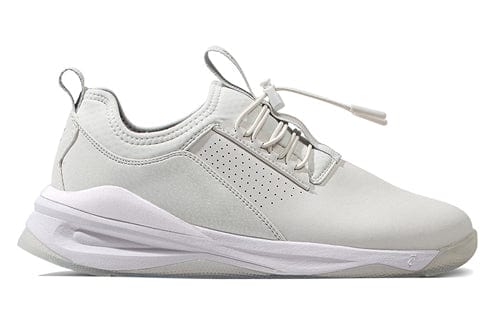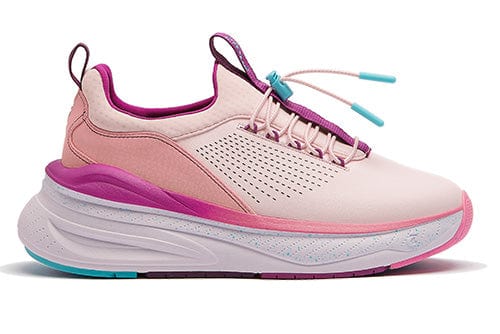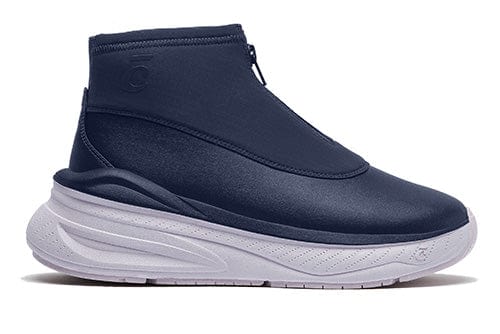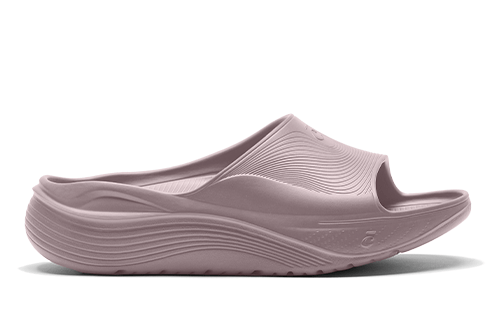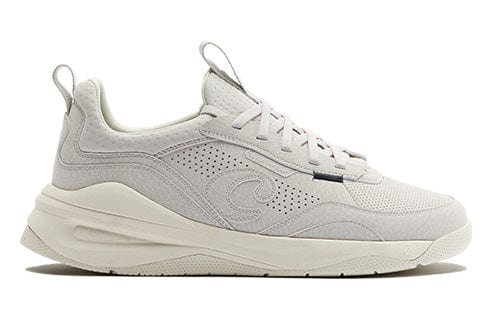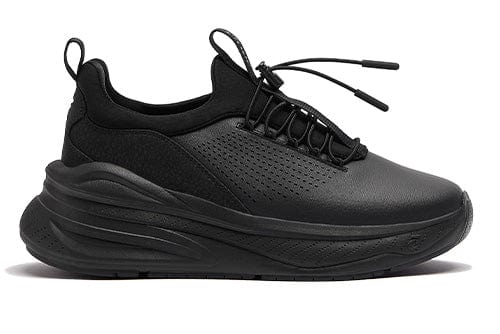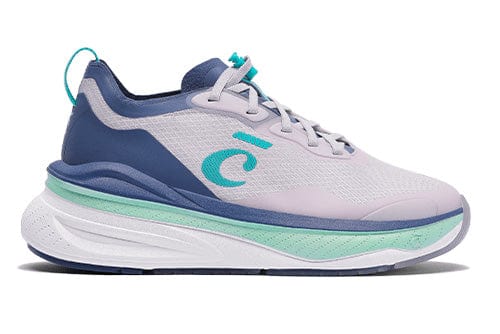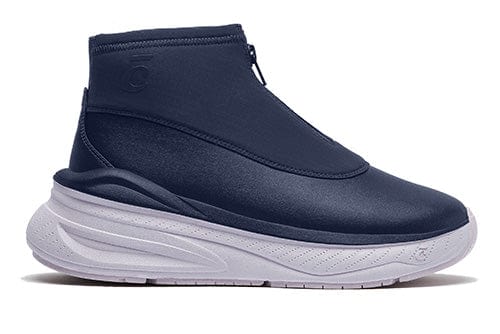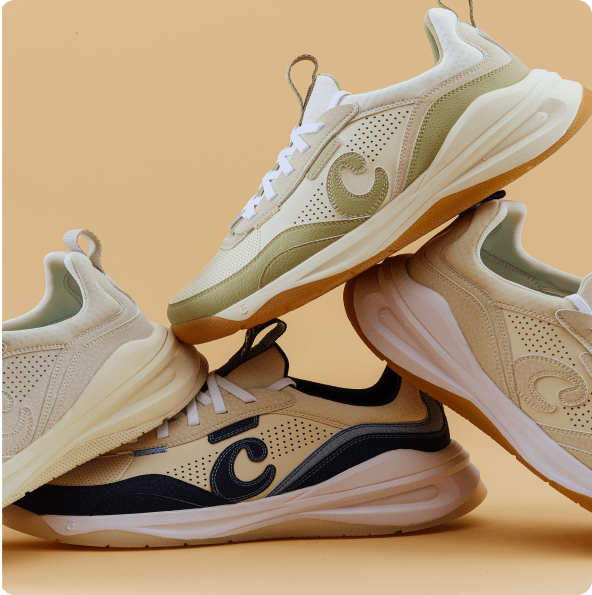What is The Difference Between Non-Slip and Slip Resistant Shoes?
Navigating the world of safety footwear can sometimes feel like walking on a slippery surface – you want to be sure of your step. In this comprehensive guide, we'll explore the often-confused terms in the footwear industry: non-slip vs. slip-resistant shoes. What are they? Is slip-resistant the same as non-slip? How do they differ? And why does it matter? Let's lace up and step into this topic, with a special focus on the slip-resistant options offered by Clove. Understanding these differences is crucial, especially for those in professions where a slip could mean more than just a minor mishap.
What are Non-Slip Shoes?
Non-slip shoes are often mentioned in the context of workplace safety. It suggests that these work shoes can entirely prevent slipping. However, it's important to recognize that while a non-slip shoe is designed to reduce the likelihood of slipping, it can't eliminate the risk. The term can be misleading, as it implies an absolute condition – being entirely “non-slip,” which is not technically possible. Wearers need to maintain realistic expectations about their footwear's capabilities.
What is the Difference Between Non-Slip and Slip Resistant Shoes?
Regarding safety footwear, the terms slip-resistant vs non-slip are often used interchangeably, yet they hold distinct meanings. It's important to understand these differences, especially when selecting shoes for work environments where stability and safety are paramount. The key lies in understanding the terminology:
Non-Slip Shoes
Again, this term suggests an absolute state of preventing slips. However, in reality, it's impossible to guarantee that a shoe will never slip under any circumstances. It's more of a marketing term than a technical specification. Typically, “non-slip” is used to describe footwear that offers better traction compared to regular shoes, but without specific design features or certification to back up the claim.
Slip Resistant Shoes
More accurately, this term is used to describe shoes designed to reduce the likelihood of slipping on wet or oily surfaces. It's about minimizing risk, not eliminating it. Are there ways to tell if shoes are slip-resistant? Slip-resistant shoes feature specific design elements like deep tread pattern and grippy outsoles to improve traction and stability, making them a more reliable choice for safety-conscious individuals. Before being officially classified as slip-resistant footwear, these shoes are often tested and certified by independent organizations, ensuring they meet established safety standards for slip resistance.
Understanding the differences between what slip-resistant shoes are and what is labeled as non-slip shoes is important for anyone who requires dependable, safe footwear for work or everyday activities. By choosing slip-resistant shoes, you can ensure a higher level of safety and confidence in your movements, especially in environments where the risk of slipping is a constant concern.
Clove shoes, for instance, are referred to as slip-resistant, not non-slip. They are designed with the understanding that complete prevention of slips is unrealistic, but significantly reducing the risk is achievable. By focusing on slip resistance, Clove ensures that its footwear meets the practical needs of professionals in demanding work environments.
Shop Slip Resistant Shoes at Clove
When shopping for slip-resistant shoes, it's essential to look for footwear that combines safety, comfort, and style – a trio that we have mastered. Our collection of slip-resistant shoes for both men and women showcases not just a commitment to safety but also an understanding of the needs of modern professionals.
For instance, Clove's collection includes options like the Women's Night Shift, Navy Blue, and All Black models. These shoes are equipped with a slip-resistant outsole designed to provide excellent traction on slippery surfaces, a feature that is necessary for those in fast-paced, spill-prone work environments like hospitals and restaurants.
All Clove shoes have been certified as slip-resistant, adhering to the ASTM F3445 standards. This certification is a testament to our commitment to safety, blending practical design with technological innovation to offer reliable traction in various environments.
We don’t stop at safety; we also ensure that each pair of shoes offers comfort and a fashionable edge, making them a versatile choice for professionals who value both functionality and style. With Clove, you're not just choosing a slip-resistant shoe; you're opting for a product that comprehensively addresses the demands of dynamic professional settings.
Understanding the difference between non-slip and slip-resistant shoes is undoubtedly important in the selection of the right footwear for your needs. While no shoe can eliminate the risk of slipping, opting for slip-resistant shoes can significantly reduce this risk. With Clove’s commitment to safety, comfort, and style, you can step confidently into your day, knowing your footwear is designed to keep you stable, comfortable, and stylish, no matter where your work takes you.
Sources:
- ASTM. Standard Specification for Performance Requirements when Evaluating Slip Resistance of Protective (Safety) Footwear using ASTM F2913 Whole Shoe Test Method. https://www.astm.org/f3445-21.html
- Occupational Safety and Health Administration. Employer Personal Protective Equipment. https://www.osha.gov/laws-regs/standardinterpretations/2013-12-09
- Occupational Health and Safety. A New Standard in Slip Resistant Safety Footwear. https://ohsonline.com/Articles/2022/09/01/A-New-Standard-in-Slip-Resistant.aspx


